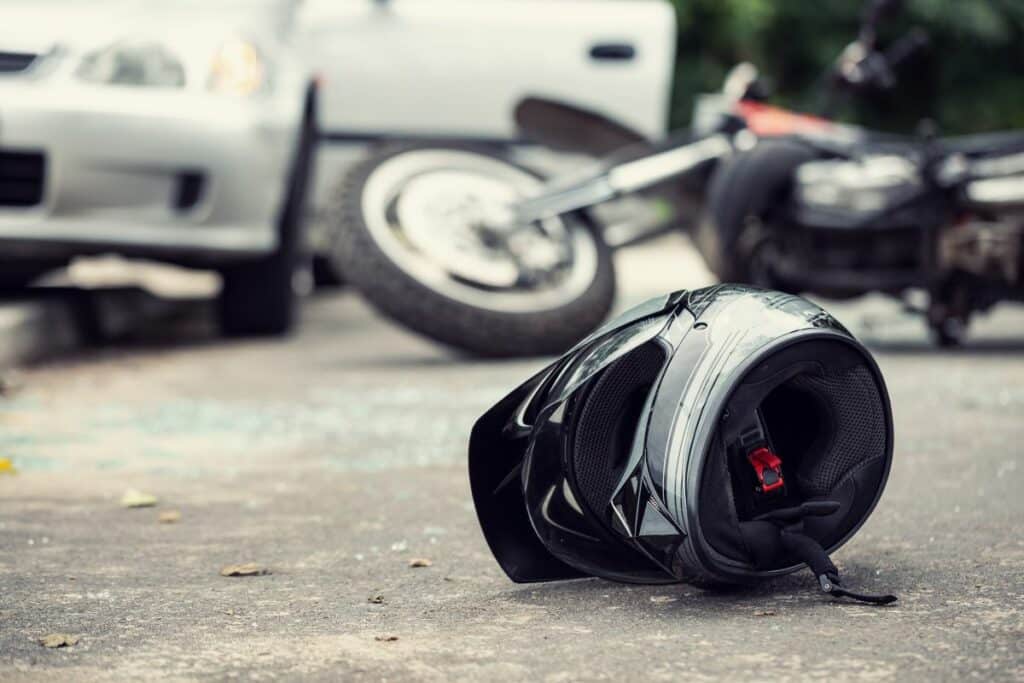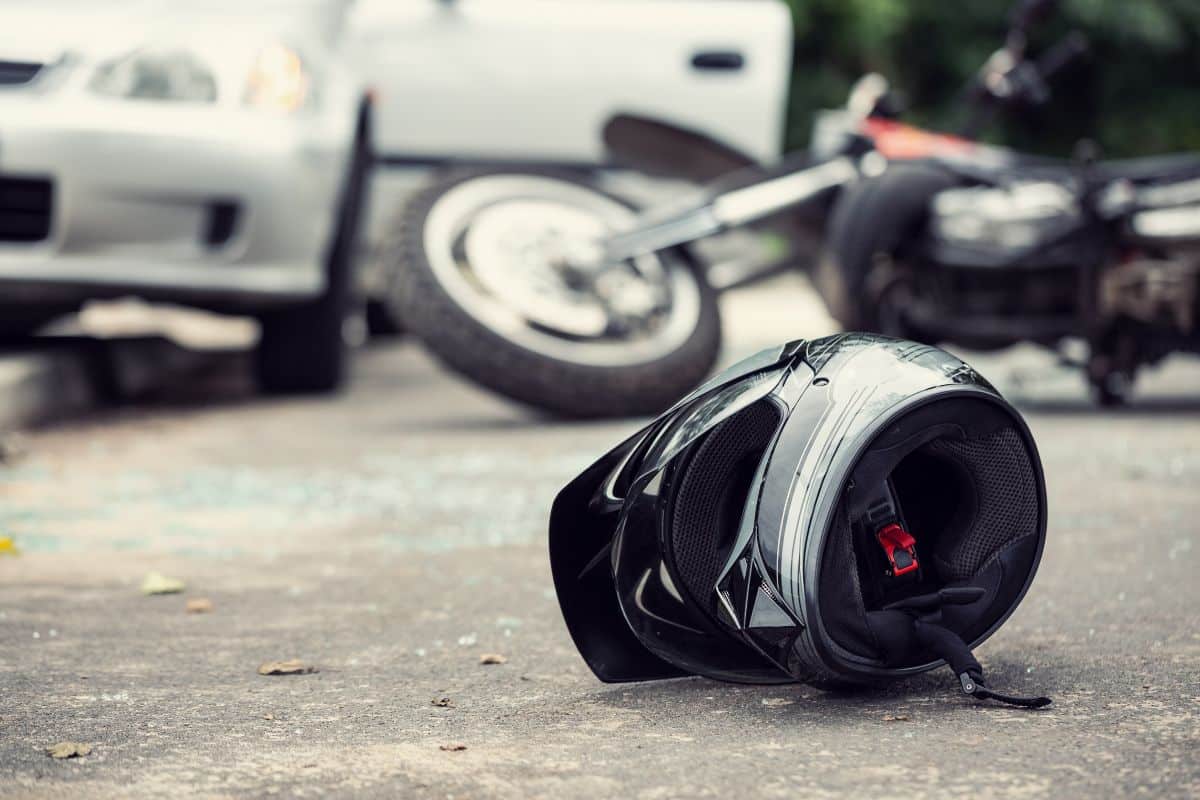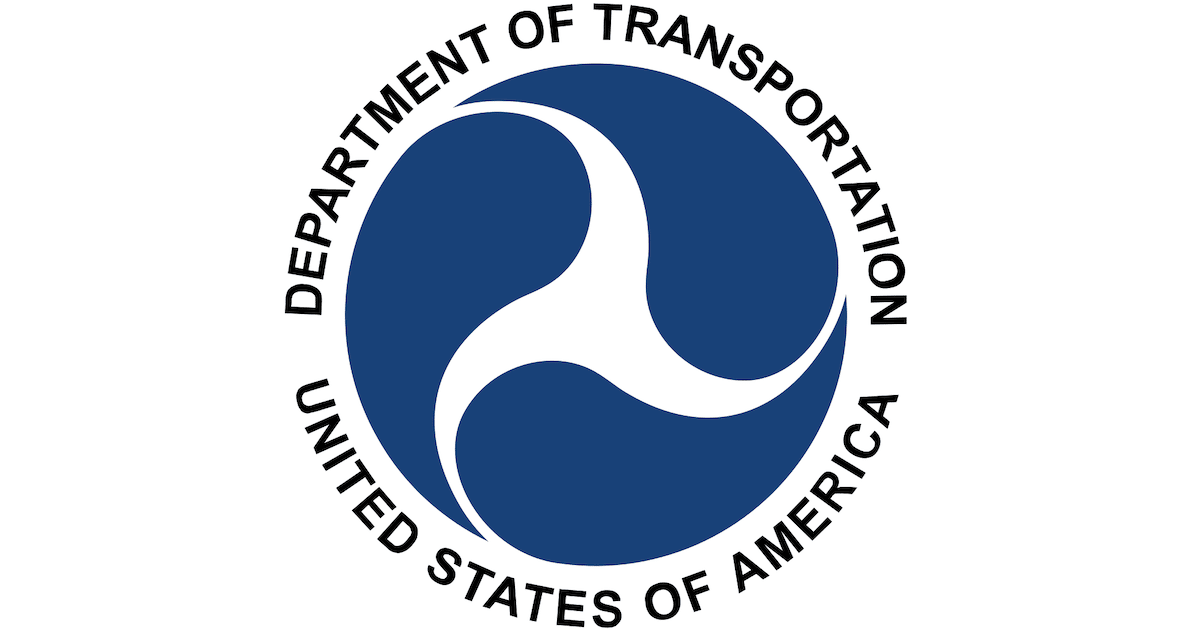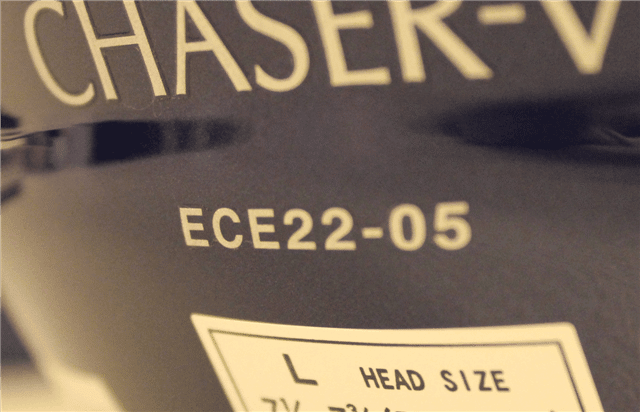When you examine any motorcycle helmet, you’ll notice a sticker on the back indicating the helmet’s safety rating. Helmets undergo testing based on different standards, leading to varying safety ratings.
The common safety ratings you’ll encounter on most helmets include DOT, Snell, and ECE. If you’re new to motorcycle riding, you might not be familiar with the distinctions between these ratings or which one is deemed the best.
So, which safety rating is the best: DOT, Snell, or ECE? Snell holds the highest safety rating for helmets because they rigorously test helmets against stringent standards, increasing the likelihood of providing protection in the event of an accident. Meanwhile, DOT and ECE are considered the minimum standards in the US and Europe, respectively.
Taking all of this into consideration, I present to you my top helmet selections. These helmets are meticulously crafted to conform to stringent safety standards while also boasting distinctive attributes that cater to a wide range of rider preferences:
Top 14 Best Motorcycle Helmets Today
Helmet Name Category Certification Get Yours
AGV Pista GP RR Best Overall DOT FMVSS 218, ECE 22.06, FIM (FRHPhe-01), 5-Star SHARP Rated RevZilla | MotoSport | CycleGear
Shoei RF-1400 Best Quietest DOT FMVSS 218, ECE 22.06, SNELL M2020D, 4-Star SHARP Rated RevZilla | J&P Cycles | Amazon
Arai Corsair-X Top Race/Sport DOT FMVSS 218, ECE 22.06, FIM (FRHPhe-01), SNELL M2015/ M2020D, 4-Star SHARP Rated RevZilla | CycleGear | BTO Sports
AGV AX-9 Best Adventure DOT FMVSS 218, ECE 22.05 RevZilla | CycleGear | BTO Sports
Icon Airflite Peacekeeper Most Versatile DOT FMVSS 218, ECE 22.05, 3-Star SHARP Rated RevZilla | MotoSport | J&P Cycles
AGV K6 Best Value for Money DOT FMVSS 218, ECE 22.06, 5-Star SHARP Rated RevZilla | MotoSport | CycleGear
Bell MX-9 MIPS Top Off-Road Choice DOT FMVSS 218, ECE 22.05 RevZilla | BTO Sports | Amazon
HJC RPHA 71 ST Best Sport-Touring DOT FMVSS 218, ECE 22.06 RevZilla | MotoSport | CycleGear
Arai Corsair-X RC Most Expensive/Premium Choice DOT FMVSS 218, ECE 22.06, SNELL M2015/ M2020D, FIM (FRHPhe-01), 5-Star SHARP Rated RevZilla
Scorpion EXO-R1 Air Best Full-Face Street Riding DOT FMVSS 218, ECE 22.05 RevZilla | J&P Cycles | Amazon
Bell Custom 500 Classic Open-Face Style DOT FMVSS 218, ECE 22.05 RevZilla | CycleGear | Amazon
Schuberth C5 Top Modular Comfort DOT FMVSS 218, ECE 22.06 RevZilla | CycleGear | J&P Cycles
Klim Krios Pro Lightweight Choice for ADV & Dual Sport DOT FMVSS 218, ECE 22.06 RevZilla | MotoSport | J&P Cycles
BILT Nomad Modular Budget-Friendly with Versatility DOT FMVSS 218 RevZilla | J&P Cycles | CycleGear
What Does Safety Rating for Helmets Mean?
Manufacturers must test helmets in order to prove they can protect your skull and prevent serious injuries in case of an accident. This testing is done according to certain standards that determine the “safety rating,” which is indicated by a label or sticker on the back of the helmet.
The most common safety ratings for helmets are DOT, Snell, and ECE. Some helmets can even have two of these ratings or all three combined.
There are various standards for testing helmets; some of them are stricter than others, and that’s why not every safety rating is the same. It’s important to understand the difference between each safety rating to choose the right helmet for you.
My Top Recommended Helmet Picks — CLICK HERE! I highly recommend these motorcycle helmets for their affordable yet top-notch quality, reflecting my extensive 50+ years of motorcycling experience and expertise as a rider, leader, and consultant in 25+ countries. So, whether you're a seasoned rider seeking an upgrade or a new enthusiast starting your journey on two wheels, I'm confident that these gear recommendations will serve you exceptionally well. |
|---|
The Difference Between Common Safety Ratings for Helmets
As mentioned before, the common safety ratings for most helmets are DOT, ECE, and Snell. Let’s take a closer look at each rating as well as their testing standards:
DOT Certification
DOT, short for Department of Transportation, is the most common safety rating for helmets, particularly in the US.
In 1970, the Department of Transportation developed a subdivision called The National Highway Traffic Safety Administration and set the testing standards for motorcycle helmets which are known as FMVSS No. 218.
Even though the DOT safety rating has been around since the 1970s, it recently became mandatory, in 2013, for all helmets sold in the US to pass the DOT testing standards in order to minimize the number of non-safety-rated helmets worn by motorcycle riders.
DOT Testing Standards
The DOT testing standards, FMVSS No. 218, include the following:
- Peripheral Vision – This procedure tests the rider’s field of vision. It’s required that the rider is able to see 105° from left to right when wearing the helmet to pass the test.
- Retention System – This procedure tests the durability of the helmet’s chin straps by applying pressure of 50 lbs to 300 lbs over a certain period. It’s required that the straps remain attached without moving more than 10mm to pass the test.
- Impact Resistance – This procedure tests how well the helmet holds up upon impact and whether it absorbs energy. It’s done by having lab scientists drop an anvil or other extremely heavy objects on the helmet.
- Penetration Resistance – This procedure tests whether it’s easy to penetrate the helmet’s head form. It’s done by dropping a striker on the helmet, and if it makes contact, then the test fails.
Note that these tests are performed multiple times and at various temperatures to guarantee that the helmet will provide optimal safety in different conditions.
Criticism
The biggest criticism of the DOT safety rating is that the testing procedures are self-administered, which means that some manufacturers might sell helmets with the DOT-approved sticker without testing the helmets.
To overcome this problem, DOT resorted to randomly testing helmets from different retailers. If a helmet manufacturer is selling a helmet with the DOT-approved sticker, but the helmet does not actually pass the testing standards, then the manufacturer will face hefty fines, and the helmets will be pulled off the market.
Another criticism of the DOT safety rating is that the testing standards are minimal and too easy for the manufacturers to pass. The testing procedures also do not resemble real-life accident scenarios.
For example, when testing the impact and penetration resistance, the helmets are tested in one spot when they should be tested in multiple spots, as the helmets are likely to be hit at multiple points during an accident.
Snell Certification

The Snell safety rating is considered to be the best and is recognized worldwide, not just in the US. It’s named after the amateur racecar driver William Snell who died in a tragic accident due to a head injury during a race event in 1956.
Snell’s family and friends then developed The Snell Memorial Foundation or The Snell Foundation. The main purpose of this foundation is to test helmets and ensure they provide racers with maximum safety.
Since their development, Snell has set the bar for helmet safety, and they continue to improve as they update its testing standards every five years.
Snell Testing Standards
Snell testing standards have the same elements as DOT. However, they test for various other elements, including:
- Position Stability – This procedure tests whether the helmet will remain stable while the motorcycle is in motion.
- Chin Bar Integrity – This procedure tests the durability of the helmet’s chin bar and whether it might injure the rider upon impact.
- Removability – This procedure tests whether it’s easy to remove the helmet from riders when they’re unconscious. There should be an alternative way to remove the helmet without using the chin straps, such as quick-release pads.
- Face Shield Penetration Resistance– This procedure tests whether it’s easy to penetrate the helmet’s face shield.
Criticism
The main criticism of the Snell safety rating is that the testing standards are too tough to pass.
Some manufacturers also believe that their testing procedures do not resemble real-life scenarios, at least when it comes to motorcycle accidents, because most of these accidents happen with riders going at relatively lower speeds compared to the testing procedure, putting the helmet through softer impacts.
So, while Snell’s testing standards are meticulous, they’re more suitable for racers going at high speed than average motorcycle riders.
ECE Certification
ECE, short for Economic Commission for Europe, is the most common safety rating in over 50 European countries. It’s basically the European equivalent of the DOT safety rating.
In 1982, the ECE set the testing standards for motorcycle helmets which were known as ECE 22.02. Later on, these standards were updated and are currently known as ECE 22.05.
ECE Testing Standards
As mentioned before, ECE is the European equivalent of DOT, which means they’re considered the minimum standard in their region. However, the ECE testing standards are considered to be more thorough as they test more elements, including:
- Rigidity – This procedure tests how much force the helmet can handle by applying a large amount of pressure on either side of the helmet. It’s required that the helmet can withstand a force of at least 630 Newtons to pass the test.
- Projection and Surface Friction – This procedure tests whether the helmet’s outer surface is affected by forces of projections that may cause friction.
One thing that sets ECE apart from DOT is that they test their helmets in multiple spots as opposed to one spot. Hence, their testing procedures resemble real-life accident scenarios more.
Another thing that sets them apart is that their tests are not self-administered, so the manufacturers are required to send a sample of their helmets to ECE for approval.
Criticism
Even though ECE’s testing standards overcame most of the problems that DOT’s testing standards were criticized for, they’re still to be minimal and easy for the manufacturers to pass, especially when compared to Snell’s testing standards.
In fact, Snell is one of the ECE’s most prominent rivals and critics, as they believe that ECE’s testing standards are not strict enough.
Conclusion: Which Safety Rating is Best for Your Motorcycle Helmet?
There’s always a debate about which safety rating is the best since each one has different testing standards and is recognized by different countries.
We can agree that Snell has the strictest testing standards compared to DOT and ECE, which arguably makes it the best of all three. Meanwhile, DOT and ECE are considered to be the minimum standard in their respective regions, with ECE being slightly more thorough.
When choosing the best safety rating for your helmet, remember that the helmet must at least have a DOT-approved sticker. Also, remember that regardless of your helmet’s safety rating, it’s always better to wear a helmet whenever you get on your motorcycle than not.
14 Best Motorcycle Helmets Under 200 Dollars.
Related Questions
Which Safety Ratings Is Common for Most Helmets?
The safety rating that’s common for most helmets in the US is DOT, while the safety rating that’s common in Europe is ECE. Even though Snell is considered to be superior to both DOT and ECE, it’s less common as Snell’s testing standards are harder for manufacturers to pass.
Are Motorcycle Helmets Required by Law to Have Safety Ratings?
All motorcycle helmets in the US are required by law to have at least a DOT safety rating. However, some elements may have one or more safety ratings. The stickers for the safety rating are positioned on the back of the helmet, and they must be visible to prove the validity of the helmet in case you get pulled over.
Are Motorcycle Helmets Used One-Time?
Motorcycle helmets are one-time use, meaning that you cannot wear the helmet again if you were in an accident and the helmet was heavily impacted, regardless of its safety rating. As long as the helmet has not been heavily impacted, it’s safe to wear more than once.
What Is FIM?
FIM is a European safety rating for full-face motorcycle helmets. It’s similar to the ECE; however, its testing standards are considered to be much more thorough and stricter than the ECE’s. In addition, any helmets used in world championship races must be approved by FIM first.
 I've diligently categorized my motorcycle gear recommendations into all available categories, with the aim of providing you with a comprehensive analysis that showcases the absolute best options for all your needs. These items are the culmination of in-depth research, extensive testing, and personal use throughout my vast experience of 50+ years in the world of motorcycling. Besides being a passionate rider, I've held leadership positions and offered consultancy services to reputable companies in over 25 countries worldwide. To See Our Top Picks and the Best Prices & Places to Buy: Click Here! |
Information for this article was partially sourced and researched from the following authoritative Government, educational, corporate, and nonprofit organizations:
- How To Identify Unsafe Motorcycle Helmets
- Snell certification advantage
- Safety helmet standards
- Snell Memorial foundation
- https://sharp.dft.gov.uk/
M/NI




